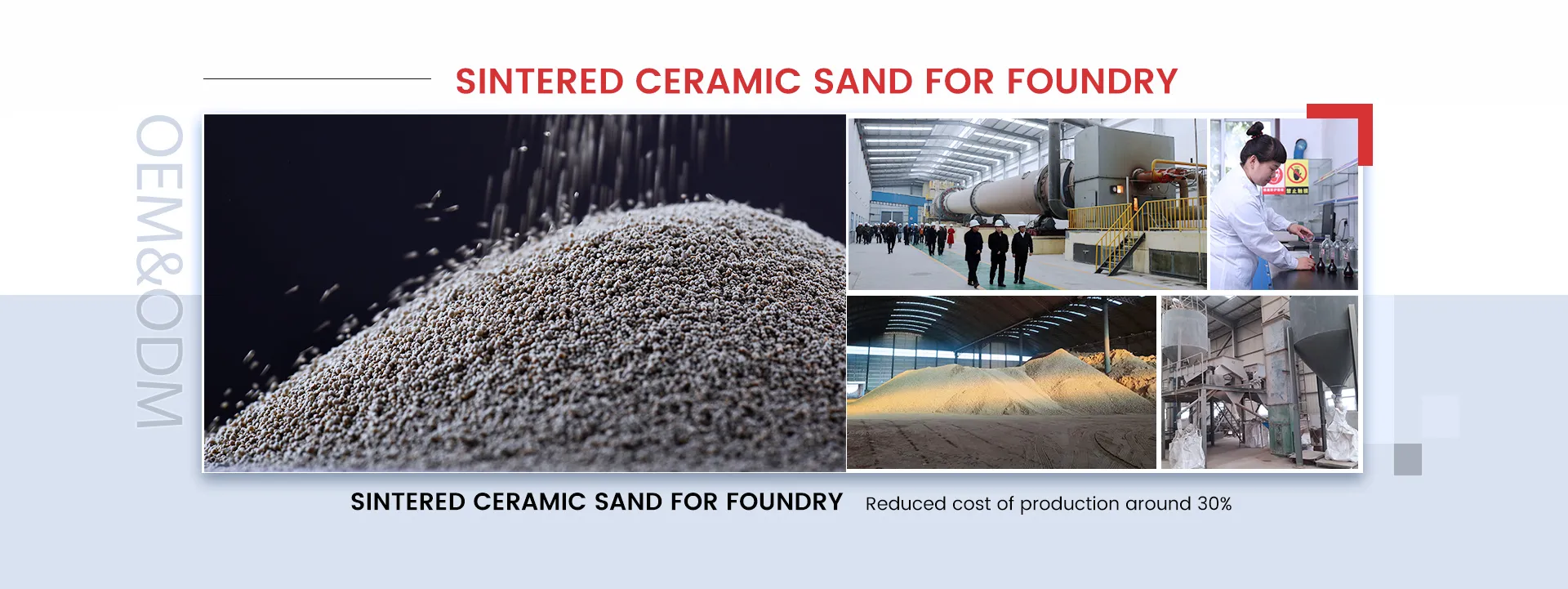Fine Casting Sand Essential Material in Metal Foundry Processes
Fine casting sand plays a crucial role in the metal foundry industry, serving as a primary material in the manufacturing of metal components through the sand casting process. Its unique properties make it highly suitable for creating intricate shapes and designs, which are often required in various industrial applications, from automotive parts to complex machinery components.
One of the key characteristics of fine casting sand is its grain size. Typically, fine casting sand has a smaller grain diameter compared to other types of casting sand, which allows for a smoother surface finish on the final cast products. This fine texture minimizes defects that could arise during the casting process, such as sand burn-on or surface imperfections, leading to higher-quality components and reduced need for post-casting machining.
The composition of fine casting sand is also vital in determining its effectiveness in mold making. Silica sand is the most common material used, as it possesses high melting points and good thermal stability. Additionally, fine casting sand can be treated with various bonding agents, such as clay or chemical binders, to enhance its mold strength and durability. This ability to adapt and modify the properties of fine casting sand makes it an integral part of the foundry operations.
fine casting sand

Another important aspect of fine casting sand is its permeability. During the casting process, molten metal must flow into the mold cavity seamlessly. The fine grain structure of the sand allows gases generated during the melting and pouring of metal to escape, preventing defects such as gas porosity in the final cast. Proper permeability also contributes to a uniform distribution of the molten metal, ensuring that the castings fill out completely, even in complex shapes.
In addition to its physical properties, fine casting sand must be able to withstand the thermal cycling experienced during the casting process. When molten metal is poured into the sand mold, it generates significant heat, causing the sand to expand. Fine casting sand is typically engineered to withstand these temperature fluctuations without losing its structural integrity, ensuring that the mold remains intact throughout the casting process.
The environmental impact of fine casting sand usage is increasingly becoming a topic of concern within the foundry industry. As regulations regarding sand mining and waste disposal tighten, the industry is exploring more sustainable practices, including the use of recycled sand. Advanced techniques have emerged that allow foundries to reclaim and reuse fine casting sand, contributing to a circular economy and reducing the demand for virgin materials.
In conclusion, fine casting sand is a critical component in the metal casting industry, influencing the quality, efficiency, and environmental sustainability of foundry operations. Its fine grain size, composition, permeability, and thermal stability make it indispensable for creating high-quality cast products. As the industry evolves, continued innovation in the use of fine casting sand will be vital in addressing the challenges of modern manufacturing while promoting sustainable practices within the foundry sector. By leveraging these qualities, foundries can ensure that they remain competitive in a rapidly changing market, all while adhering to stringent quality and environmental standards.
Post time:ئۆكتەبىر . 08, 2024 09:03
Next:Innovative Super Sand Bond for Enhanced Construction Performance and Durability
